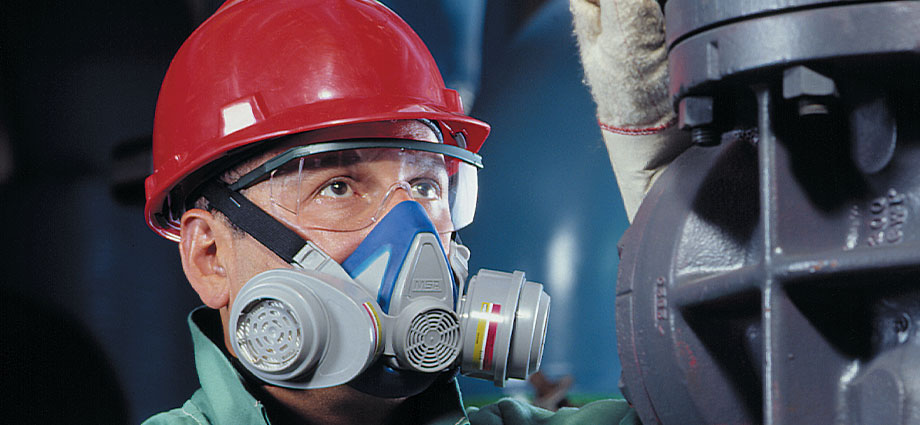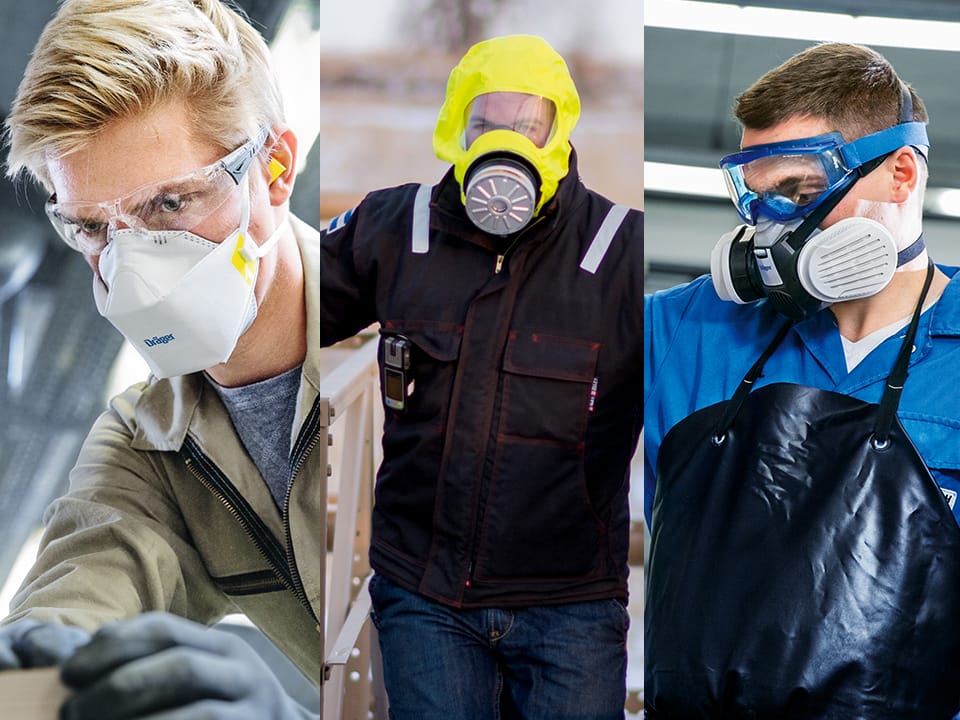Blog
Top Respiratory Protective Gear for Dusty Work Environments
Dusty work environments are common in various industries, including construction, woodworking, manufacturing, and mining. Prolonged exposure to dust particles, whether from construction debris, sawdust, or other airborne contaminants, can lead to serious respiratory issues such as asthma, lung disease, and even permanent damage to the lungs. To protect workers from these health hazards, the right respiratory protective gear is crucial.
In this guide, we’ll explore the top respiratory protective gear for dusty work environments to ensure safety and well-being.
1. N95 Respirators
Best For: General dust, sawdust, and non-toxic particles
The N95 respirator is one of the most commonly used forms of respiratory protection. Designed to filter out at least 95% of airborne particles, it provides a reliable barrier against dust, allergens, and other non-oil-based particles.
- Key Features:
- Filters out particles larger than 0.3 microns
- Lightweight and easy to wear for extended periods
- Comfortable with adjustable straps to ensure a snug fit
- Available in disposable and reusable versions
- When to Use: N95 respirators are ideal for environments where the dust is not toxic or harmful in high concentrations. Common use cases include woodworking, sanding, and general construction work.
Tip: Ensure a proper seal when wearing N95 masks to maximize their effectiveness. A loose fit can allow dust particles to bypass the filter.
2. P100 Respirators
Best For: Fine dust, toxic dust, and fumes
The P100 respirator offers a higher level of protection compared to N95 masks. It is rated to filter out at least 99.97% of airborne particles, including fine dust, fumes, and even some oil-based particles. P100 respirators are typically used in environments where exposure to toxic or extremely fine dust is a concern.

- Key Features:
- Provides protection against a wide range of particles, including fine dust and hazardous fumes
- Longer-lasting filters that offer more protection for heavy-duty work
- Available in both disposable and reusable versions, often with replaceable filters
- When to Use: P100 respirators are ideal for environments with hazardous dust particles, such as asbestos removal, demolition work, or working with certain chemicals that produce harmful vapors or particulates.
Tip: Regularly replace filters and check the condition of your respirator for signs of wear to maintain optimal protection.
3. Half-Face Respirators with Replaceable Filters
Best For: A wide variety of dusts, chemicals, and vapors
A half-face respirator is a versatile piece of protective gear that covers the nose and mouth. It works in conjunction with replaceable filters, which can be chosen based on the specific hazards present in the work environment. Filters can be selected to protect against particulates, chemicals, gases, and vapors, offering broad-spectrum protection.
- Key Features:
- Customizable with various filters depending on the type of particles or chemicals present
- Reusable design, which makes them cost-effective over time
- Provides a better seal and protection compared to disposable masks
- Comfortable for long-duration wear
- When to Use: Half-face respirators are commonly used in dusty environments where workers are exposed to both dust and fumes, such as in construction, mining, and industrial cleaning. They are also ideal for environments with mixed hazards, like woodworking with finishing chemicals or welding in dusty areas.
Tip: Ensure that the filters are properly installed and that the respirator is cleaned and maintained regularly to keep it functioning effectively.
4. Full-Face Respirators
Best For: High-risk environments with heavy dust exposure, chemicals, and gases
Full-face respirators provide a higher level of protection than half-face masks because they cover the entire face, including the eyes. This makes them ideal for situations where workers are exposed to both airborne dust and hazardous gases or fumes. Full-face respirators offer complete protection, making them a go-to choice for high-risk environments.
- Key Features:
- Complete facial coverage to protect both the respiratory system and eyes from harmful particles and vapors
- Adjustable head straps for a secure and comfortable fit
- Compatible with a wide variety of filters to protect against different hazards (dust, chemicals, gases)
- Enhanced visibility with large face shields
- When to Use: Full-face respirators are necessary in environments where there are high levels of toxic dust, fumes, or airborne chemicals. These include industries like construction, shipbuilding, and chemical manufacturing, where exposure to hazardous substances is more likely.
Tip: Check the seal around the face to ensure no leaks. A poorly fitting full-face respirator can be ineffective, and periodic fit testing is recommended to maintain protection.
5. Powered Air-Purifying Respirators (PAPR)
Best For: Extreme dust environments with high levels of contamination
Powered Air-Purifying Respirators (PAPR) are designed for environments where there are high levels of airborne contaminants, and workers need continuous air supply. PAPRs use a motor to pull air through filters and deliver clean air to the worker, providing a higher level of protection and comfort than traditional respirators.

- Key Features:
- Continuous flow of filtered air helps keep the wearer cool and comfortable
- Ideal for high-dust environments or situations that require prolonged wear
- Provides a higher level of protection and comfort compared to standard respirators
- Can be equipped with different filters based on the specific type of contamination
- When to Use: PAPRs are ideal for industries where workers are exposed to large quantities of dust, toxic substances, or both, such as construction, demolition, or asbestos abatement. They are particularly useful for tasks that require long durations of exposure in heavily contaminated environments.
Tip: Ensure that the air-purifying unit is charged and that the filters are replaced regularly. Regular maintenance is required to ensure proper functioning of the system.
6. Disposable Dust Masks
Best For: Light dust exposure and short-term use
For lighter dust exposure or tasks that don’t require prolonged protection, disposable dust masks can offer a quick, convenient, and affordable solution. These masks, which are often rated for protection against nuisance dusts and larger particles, are typically worn for shorter durations and in less hazardous environments.
- Key Features:
- Convenient, lightweight, and easy to use
- Disposable, making them ideal for short-term or low-risk projects
- Comfortable and breathable, allowing for ease of movement
- When to Use: Disposable dust masks are best suited for light-duty tasks that involve minimal dust exposure, such as sweeping, light sanding, or yard work.
Tip: While disposable masks are useful for light dust, they are not suitable for environments with high concentrations of fine dust or toxic particles.
Conclusion
Choosing the right respiratory protective gear for dusty work environments is essential for preventing long-term health issues. From simple disposable dust masks to advanced powered air-purifying respirators, there are options for a variety of work environments and dust levels. The key is to select the right level of protection based on the type of dust and contaminants you’re dealing with and to ensure proper fit and maintenance of the equipment.
Always prioritize safety and ensure that your respiratory protective gear is well-maintained and properly fitted. By doing so, you can continue to work confidently while minimizing the risk of respiratory illnesses and long-term health problems.


